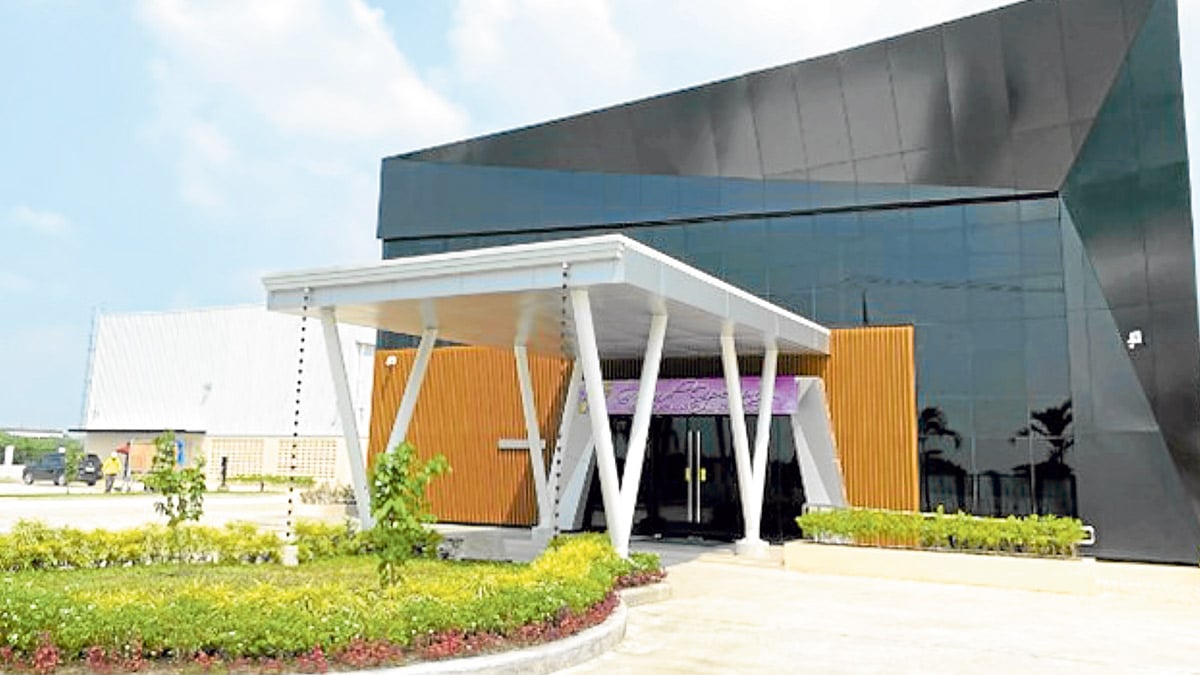Sumisetsu Philippines, Inc. (SPI), a leading provider of electrical and mechanical construction services, has launched its new technical center, a three-building state-of-the-art facility in Baliwag, Bulacan. This is for the training and skills building of its employees, subcontractors and the broader Filipino workforce selected by the government partners.
The new SPI facility includes a 1,160-square-meter (sq m) training center, a 620-sq-m fabrication workshop and a warehouse fully equipped with the latest energy-efficient technologies, including solar panels and skylights to minimize energy consumption.
Makoto Tani, president of Sumitomo Densetsu Co. Ltd., led the ribbon cutting and tree-planting rites on Oct. 8 at the 6,000-sq-m site, together with guests headed by Mary Grace Romero, provincial director of the Technical Education and Skills Development Authority (Tesda).
Tani underscores Sumitomo Densetsu’s values of sincerity, teamwork and creation. He cites the center’s role in enabling SPI to achieve more milestones, as it promotes safety and quality by providing training to workers while serving as a showroom for the wide range of SPI services. All these, he says, work well in creating a sustainable future with advanced technology.
SPI is a subsidiary of Sumitomo Densetsu. Headquartered in Makati City, and with over 30 years of experience, SPI is a leading electrical and mechanical contractor with a wide range of services, including installation of communication, air conditioning, sanitation systems and production equipment.
After the ribbon cutting, the officials and guests proceeded to the garden and shoveled soil to cover two seedlings of banaba or Lagerstroemia speciosa. The branches and trunks of the trees symbolize the growth that the new center would enable. Banaba trees also yield beautiful flowers that are violet, which is among SPI’s company colors.
Guests were led to a photo exhibit and demo installations that had been set up at the spacious reception and lobby before the facility tour that followed.
Upskilling
According to SPI president Nakagawa, training programs are developed by Sumitomo Densetsu Group using advanced construction labor-saving and off-site construction methods. These enable teams to meet project construction deadlines while showcasing the application of extensive technical and engineering education programs.
TREE PLANTING From left: Tadashi Honda, managing director of Sumitomo Densetsu Co. Ltd.; Makoto Tani, president of Sumitomo Densetsu; and Ryuta Lio, president of Sumitomo Electric Industries Philippines —Contributed photo
“We plan to leverage this new facility to extend our proven expertise beyond Japanese corporations, reaching major Filipino and Western companies,” adds Nakagawa.
He also says that as part of SPI’s dedication to environmental sustainability, the facility is built with energy-saving features and designed to receive the prestigious LEED (Leadership in Energy and Environmental Design) Gold certification, a prestigious environmental rating system from the United States.
SPI aligns with Tesda to further strengthen the quality and recognition of the training offered by SPI. “Tesda accreditation is a mark of trust in the Philippines, and we are working to evolve our programs with their guidance,” notes Nakagawa.
This new center is also seen to benefit from the experience gained from Sumitomo Densetsu’s successful training programs in Thailand, which have been operational since 2014.
“Our state-of-the-art off-site construction methods and skilled worker education programs will set us apart in the market, positioning us as a key player in the Philippine construction industry,” Nakagawa adds. “Carried out with sincerity, it also will serve its central function of fostering innovation and collaboration, transcending departmental and company boundaries to create new values, business and construction methods.”—Contributed
